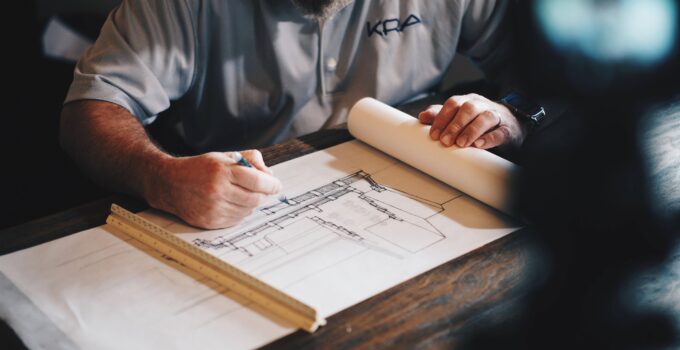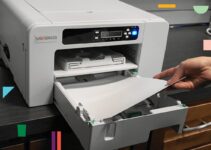3D modeling has arisen as a revolutionary force in an era where technological development has upended established sectors, transforming how we design, produce, and make things. With Render farms, technology has truly democratized 3D modeling, making it accessible to a broader audience and empowering creativity in once unimaginable ways.
The unmatched capability of 3D modeling to produce highly precise and intricate representations of real-world objects has established its prominence in diverse fields like healthcare, engineering, and architecture.
Modern technology has enabled professionals to push beyond previous limitations, resulting in an influx of innovative solutions that are revolutionizing our way of life.
In this article, we will discuss 3D modeling from its origin to its impact on different industries in the coming future. Let’s begin!
What is 3D modeling?
The procedure of generating a three-dimensional representation of an object or surface using specialized software is known as 3D modeling. It involves designing and manipulating digital models using a variety of techniques, such as polygonal modeling, NURBS modeling, and procedural modeling.
3D art modeling is utilized broadly across various industries, such as architecture, engineering, product design, film, animation, and video games. Its purpose is to generate precise, lifelike depictions of physical objects and surroundings.
Importance of 3D modeling in modern times
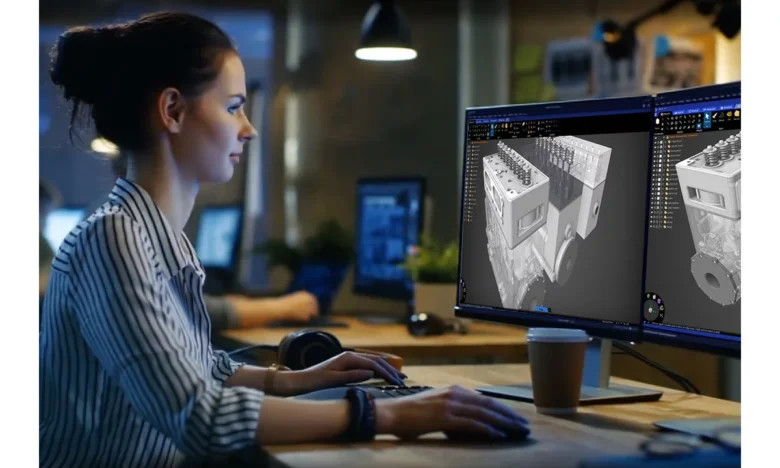
Source: ansys.com
3D modeling has become an essential tool in many fields and industries in modern times. Outlined below are a few of the rationales behind the significance of 3D modeling:
- Visualization: Through 3D modeling, individuals can perceive and encounter objects or areas that are either nonexistent or intricate to envision. For example, architects can create 3D art of buildings to help clients and stakeholders visualize the design before it is built.
- Design: Designers can promptly and effortlessly produce and improve their designs through 3D modeling. This helps them to experiment with different ideas and make changes as needed.
- Prototyping: 3D models can be utilized to generate tangible prototypes using 3D printing or alternative manufacturing methods. This allows designers and engineers to test and refine their designs before investing in expensive production processes.
- Marketing and Advertising: For promotional and advertising intentions, 3D modeling is capable of producing photo-realistic renderings and animations. This approach enables corporations to exhibit their products in an absorbing and immersive manner.
- Education and Training: 3D modeling can be used in education and training to teach complex concepts and skills more interactively and engagingly. To illustrate, 3D models can be employed by medical students for studying anatomy, while pilots can utilize them for training purposes.
- Entertainment and Gaming: The entertainment and gaming industries widely utilize 3D modeling to craft realistic characters and immersive environments.
Impact of 3D modeling on various industries
3D modeling has become an increasingly popular technology used in various industries. Along with a render farm whether is local or online like RebusFarm among other technologies, 3D modeling has even become more approachable.
So, creating virtual, three-dimensional models of objects and environments allows for more detailed and accurate representations of designs.
As a result, industries including architecture, entertainment, and manufacturing have undergone a substantial transformation, resulting in augmented efficiency, improved communication, and enhanced product design.
Architecture and Construction
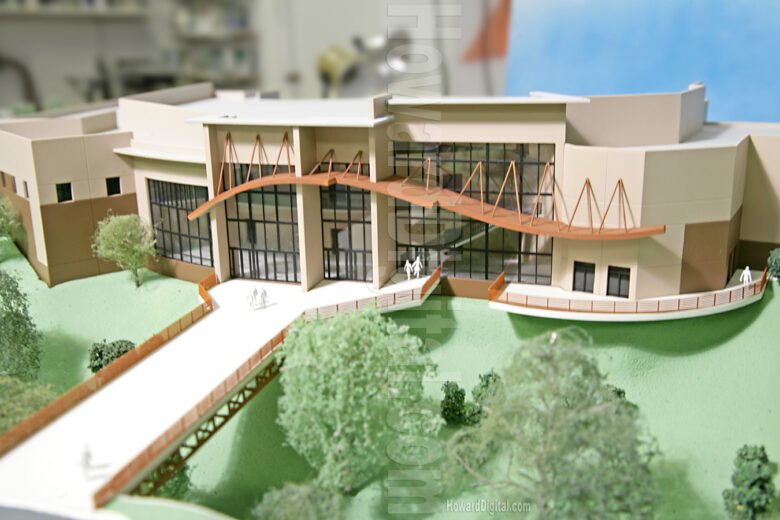
Source: veetildigital.com.au
3D modeling has transformed the way architects and builders design and construct buildings. By creating 3D models of buildings, architects can easily visualize and test different design ideas, identify potential issues, and make changes before construction begins.
3D modeling also allows architects to create detailed plans and accurate construction documents, which can help reduce errors and save time and money.
Product design and manufacturing
The design and manufacturing processes for a diverse range of products have been considerably enhanced by 3D modeling. Designers can iterate and enhance their designs, test for functionality and usability, and make changes with ease by creating 3D models of products before production.
3D printing has also revolutionized manufacturing, allowing companies to create physical prototypes and test their designs before investing in expensive production processes.
Healthcare
3D modeling has transformed the way healthcare professionals diagnose and treat patients. 3D models of organs and body parts aid doctors in comprehending a patient’s condition, devising surgical plans, and even rehearsing procedures before conducting them on the patient.
3D printing has also been used to create custom prosthetics and implants that fit the patient’s unique anatomy.
Gaming and entertainment
3D modeling is a critical component of the gaming and entertainment industries. Game developers can design captivating experiences that transport players to alternate worlds by fabricating 3D models of characters, environments, and objects.
3D art also allows filmmakers to create realistic special effects and animations, which can greatly enhance the visual impact of their movies.
Automotive
3D modeling has transformed the way the automotive industry designs and manufactures cars. Designers can conveniently evaluate the aerodynamics, performance, and safety of cars and car parts by creating 3D models.
3D printing has also been utilized to produce prototypes and molds for car parts, which can quicken production and reduce expenses.
3D Modeling Use Cases in Different Industries
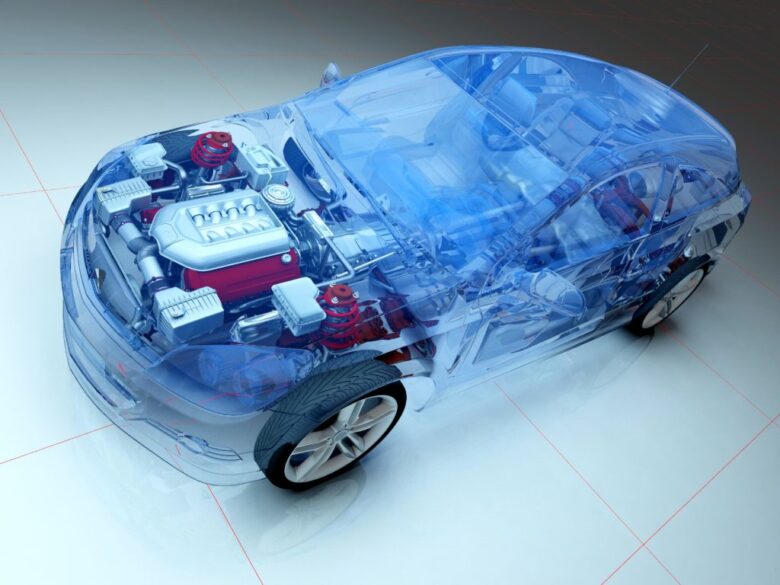
Source: skywell.software
3D modeling has become a versatile technology in numerous industries, including architecture, entertainment, healthcare, and manufacturing. Its use cases range from creating realistic visualizations to designing and testing products before they hit the market.
Architecture and Construction:
- Creating 3D models of buildings to help clients and stakeholders visualize the design before construction begins.
- Using 3D printing to create architectural models or fabricate parts and components for construction projects.
Product Design and Manufacturing:
- Creating 3D models of products to test for functionality and usability before production.
- Simulating manufacturing processes to optimize production efficiency.
Healthcare:
- Creating 3D models of organs and body parts for surgical planning and practice.
- 3D printing is utilized to manufacture personalized prosthetics and implants.
Gaming and Entertainment:
- Creating three-dimensional models of characters, environments, and objects specifically designed for implementation in video games and animated films.
- Using virtual reality to create immersive experiences for theme parks and other entertainment venues.
Automotive:
- Creating 3D models of cars and car parts to test for aerodynamics and performance.
- Using 3D printing to create prototypes and molds for parts and components.
Future of 3D modeling
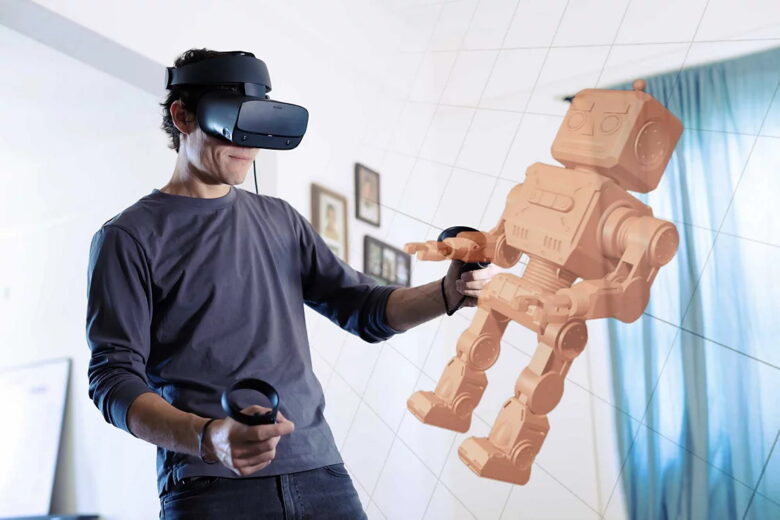
Source: 3dvf.com
AI and machine learning are currently utilized to aid in 3D modeling tasks, including generating lifelike textures and materials, improving model precision, and automating the creation of 3D models from 2D images.
It is anticipated that these technologies will progress into even more sophisticated and adept versions in the future, progressively enhancing and automating the process of 3D modeling.
Some of the other future expectations of 3D modeling are:
Augmented and Virtual Reality:
Augmented and virtual reality technologies are already being used in some 3D modelings applications, such as architecture and construction, to visualize designs in real-world environments.
With the increasing advancements and accessibility of these technologies, they will likely become more integrated with 3D modeling software and workflows.
Improved Accessibility and Affordability:
In the past few years, the accessibility and affordability of 3D modeling have increased. It is due to the availability of low-cost or free software options and the decreasing prices of 3D printers. It is expected to continue, expanding the availability of 3D modeling to a wider variety of users and industries.
Advancements in 3D Printing:
The continuous advancements in 3D printing technology are projected to significantly impact the 3D modeling process. This will facilitate quicker prototyping and more efficient production processes, making 3D printing a vital workflow element.

Source: ey.com
Conclusion
In conclusion, 3D modeling has transformed various industries by enabling more efficient workflows, better product design, and improved communication.
With the help of powerful technologies like render farms, 3D models can be rendered and processed quickly and accurately, allowing for greater productivity and faster project turnaround times.
Consequently, 3D modeling remains an indispensable instrument for businesses striving to stay competitive in the fast-paced and technologically advanced world.

